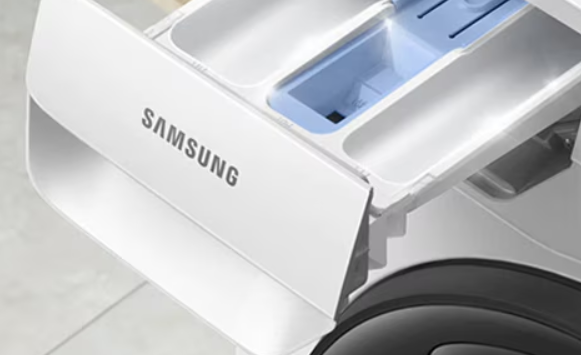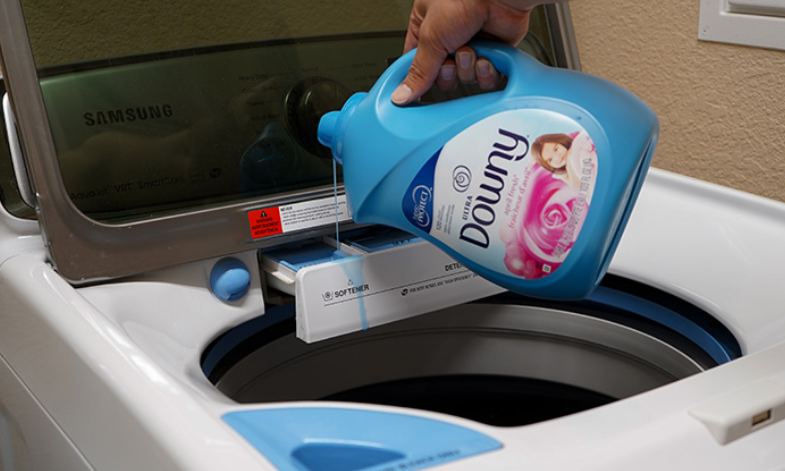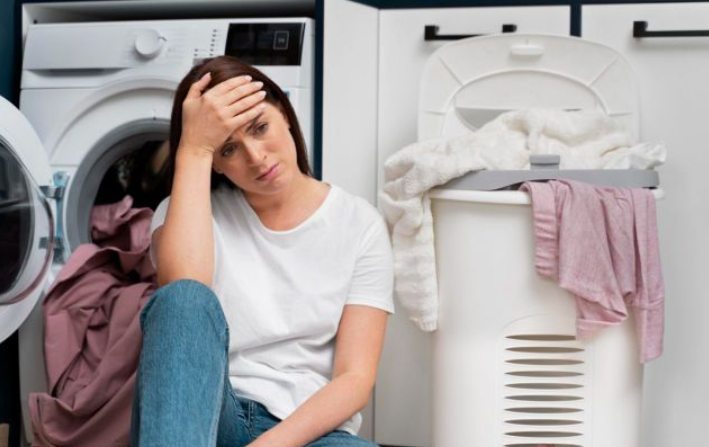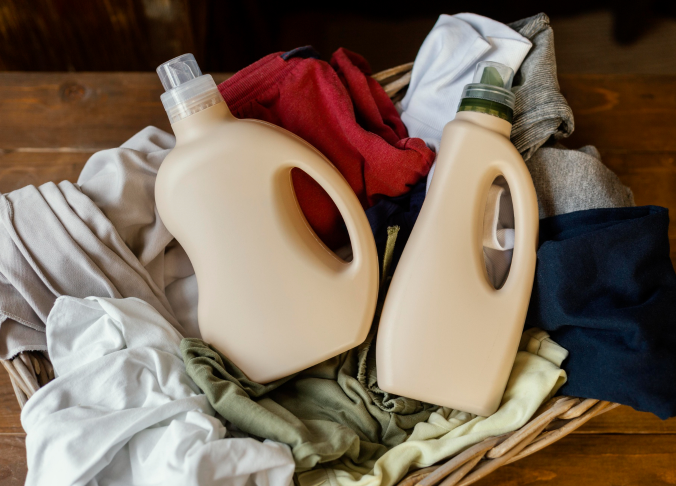Introduction: Understanding Fabric Softener Placement for Optimal Laundry Results
As a B2B buyer in the appliance or laundry business, understanding the proper usage and placement of laundry products, like fabric softener , is essential for both product recommendations and customer satisfaction. Fabric softeners are designed to soften fabrics, reduce static, and impart a pleasant scent, but improper usage can affect laundry results, machine performance, and customer experience.
In this article, we’ll address the critical question: "Where does the fabric softener go in a washing machine?" and why getting this right is crucial for ensuring optimal washing performance and fabric care. This guide will help B2B buyers understand how fabric softener placement works in different washing machines and provide insights into how to best market laundry appliances that enhance fabric care.

Before diving into the proper placement, it’s essential to understand how fabric softener works within the washing cycle.

Fabric softener’s primary function is to coat the fibers of fabrics, reducing friction between them. This process softens clothes, making them feel smoother, and helps maintain their appearance by reducing wear and tear.
Reducing Static : Fabric softeners are also used to minimize static electricity, which is especially beneficial in synthetic fabrics.
Improved Scent : Many fabric softeners contain fragrances that are released during the rinse cycle, leaving clothes smelling fresh.
Benefits of Correct Fabric Softener Use in Washing Machines
Using fabric softener correctly ensures optimal results, including:
Longer-lasting fabrics : Softened clothes experience less fraying and wear.
Enhanced Comfort : Soft fabrics provide a better feel against the skin, improving comfort for end users.
Preserved Color and Texture : Fabric softeners help to preserve the texture and vibrancy of colors in clothing.
Where Does Fabric Softener Go in a Washing Machine?
Now that we understand the importance of fabric softener, let’s answer the core question: Where should the fabric softener go in a washing machine?
Common Compartments in Washing Machines
Most modern washing machines, especially front-loaders and top-loaders, have a compartment system for detergent and fabric softener. The fabric softener should be placed in the designated fabric softener compartment to ensure it is dispensed correctly during the rinse cycle.
Top-Load Washers : In top-load washing machines, fabric softener is typically added in a small compartment near the top of the agitator or in a separate drawer in the main washing unit.
Front-Load Washers : In front-load washers, fabric softener usually goes in a compartment located in the drawer at the top of the machine. This compartment is typically marked with a flower symbol to indicate it’s for softener.
Automatic vs. Manual Dispensing
Automatic Dispensers : Many modern machines have automatic dispensers that release fabric softener at the correct time during the rinse cycle. These dispensers are designed to ensure that the fabric softener doesn’t go into the wash cycle, where it would be washed away with the detergent.
Manual Dispensing : In some older washing machines or simpler models, users may need to manually add fabric softener during the rinse cycle. For these machines, it's important to add the softener after the detergent cycle has completed, ensuring the softener gets distributed evenly throughout the fabric.
How to Ensure Optimal Fabric Softener Use in Your Washing Machines

For B2B buyers in the appliance industry, it’s important to educate customers on how to properly use fabric softener to ensure the longevity and performance of both the washing machine and fabrics.
H3: Avoid Overuse of Fabric Softener
Excessive use of fabric softener can lead to buildup in both the washing machine and on fabrics. This buildup can cause issues like clogged dispensers, musty odors, and reduced washing machine performance. It’s important to follow the manufacturer’s recommended amount of fabric softener, usually marked on the product’s label.

While fabric softeners are popular, some customers may prefer alternatives like vinegar or baking soda for softening fabrics. Offering advice on different options, including environmentally friendly and hypoallergenic alternatives, can cater to a broader market of buyers who are mindful of the ingredients in their laundry products.
Compatibility with Various Fabrics
Understanding which types of fabrics benefit most from fabric softeners is also key to providing better product recommendations. For example:
Towels and Bedding : These items often benefit from fabric softeners, as they become softer and more absorbent.
Activewear: Fabric softeners may not be suitable for certain materials, such as moisture-wicking fabrics, as they can reduce fabric breathability.
Key Takeaways for B2B Buyers and Their Customers
Proper placement of fabric softener in washing machines is essential for ensuring effective laundry results. By using the correct compartment and following best practices for fabric softener usage, customers can extend the lifespan of their fabrics and washing machines. For B2B buyers selling or manufacturing washing machines, understanding these nuances will help you guide customers toward the best usage practices and optimize the performance of their machines.
Post time: May-06-2025
